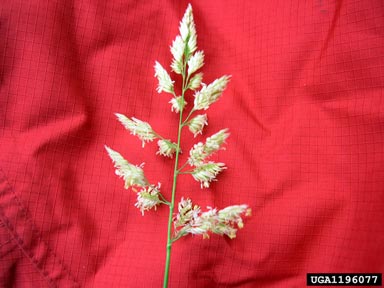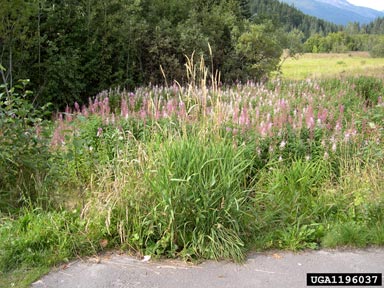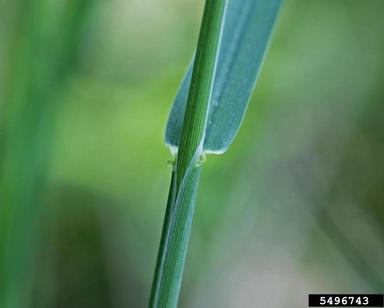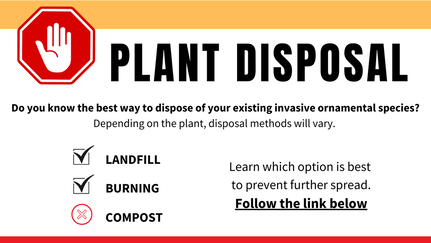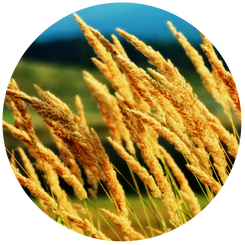|
Reed Canary Grass
Phalaris arundinacea Reed canary grass, sometimes called "ribbon grass" is a cool season, perennial that can reach a height of 8 feet. They form thick, dense stands in wetlands and in other moist, well-saturated areas. Spreading via rhizomes, it can be very difficult to manage once it becomes established.
While there is a variety native to North America, most reed canary grass in the Midwest is considered to be escaped from European cultivations. Reed canary grass is less known than its look-a-like, invasive phragmites but they look and act in a similar fashion (although reed canary grass is typically shorter and less robust in appearance). The expansive rhizomes allow reed canary grass to spread rapidly until entire monocultures are created in habitats that are typically considered to be more sensitive, like wetlands. If management is needed, it is recommended that assistance is acquired from natural resource professionals. Photo Credits: Rob Routledge, Sault College, Bugwood.org | Tom Heutte, USDA Forest Service, Bugwood.org | Jamie Nielsen, University of Alaska Fairbanks, Cooperative Extension Service, Bugwood.org
Learn More About Reed Canary Grass:
|
Reed Canary Grass Facts
Management Options
|
|
Created by the Northwest Michigan Invasive Species Network
|
Go Beyond Beauty is funded by the Michigan Invasive Species Grant Program (MISGP)
|


